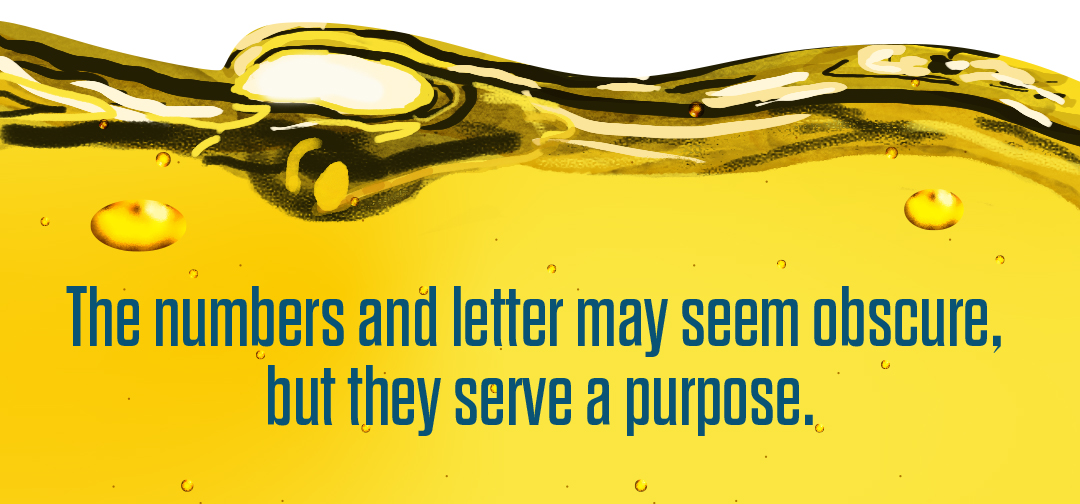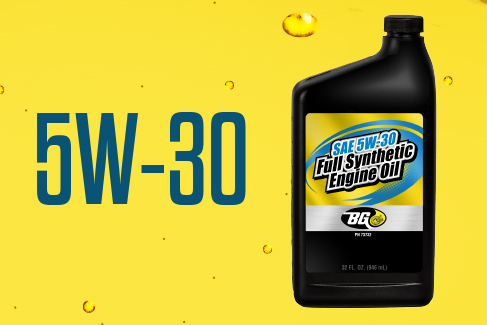Vehicle Engine Oil: The Basics
December 04, 2019
Confused about the basics of engine oil? You’re not alone. If you’ve ever asked questions like: “What oil does my car take?”, “What does 5W-30 mean?” and “What is oil viscosity?” then this article is for you.
Here’s everything you need to know about engine oil:
What oil does my car take?
You can find this answer in your owner’s manual. It will list the manufacturer’s recommended oil for your vehicle. This could look something like 5W-30 or 0W-20, for example. And the recommendations may vary based on different climates.

What does 5W-30 mean?
Well, simply put, the numbers mean viscosity and that seemingly-out-of-place W stands for winter.
Broken down, it looks like this:
- 5: The viscosity of the oil at low temperatures
- W: This stands for winter (or cold temperature)
- 30: The viscosity of the oil during normal engine operating temperature (about 200°F/100°C)

This combination gives you the oil’s viscosity during different climates. So, going back to our example, 5W means the oil is less viscous in colder weather and the 30 means it is more viscous at operating temperature.
What is oil viscosity?
Viscosity is the resistance or ability of a fluid to flow, in this case, through an engine. The thicker (more viscous) an oil, the slower it will flow. And, as we found out previously, an oil’s viscosity is affected by climate.
Why does viscosity matter?
Essentially, the numbers and letter in the oil-type naming convention outline the various conditions in which the oil can still lubricate the engine properly.
Thinner oil is more ideal for cold temperature/cold start performances. The same is true for the inverse. The thicker an oil, the more ideal it is for higher temperature climates. It’s less likely to evaporate in scorching temperatures.
Can I use anything other than the manufacturer’s recommendations?
Yes, you can… with this education, the guidance of your trusted shop/advisor, and caution. For example, it may be permissible to use 5W-30 in a car that calls for 5W-20. As we learned, this fluid will stay thin at colder temperatures. And you’ll still get protection with the higher viscosity. Again, talk to your trusted advisor to make sure you’re giving your car the best possible maintenance.
Isn’t it nice to know a little bit more about your car? The more you know about your car, the better you can care for it. And the better you care for your car, the longer it will last.
If you want to be the smartest about automotive maintenance, subscribe to our newsletter for more articles like this one.
 By Michael Belluomo
By Michael Belluomo
BG Technical Service Manager
30 years of experience in fuel and lube technologies
